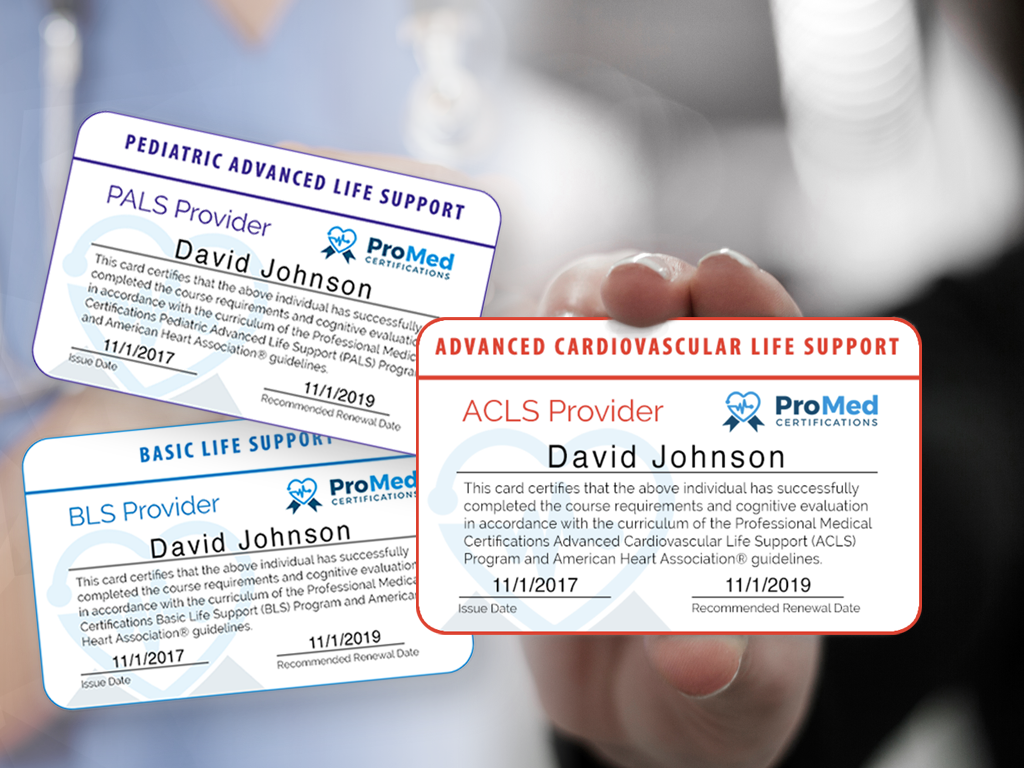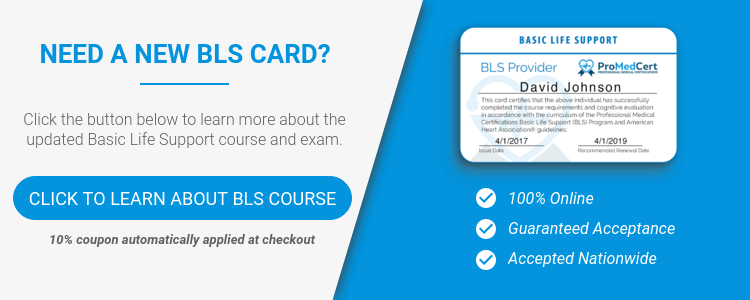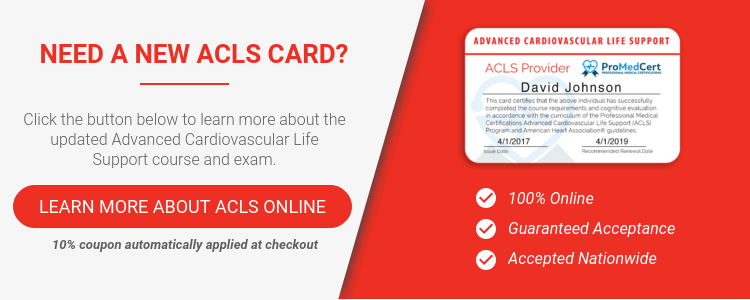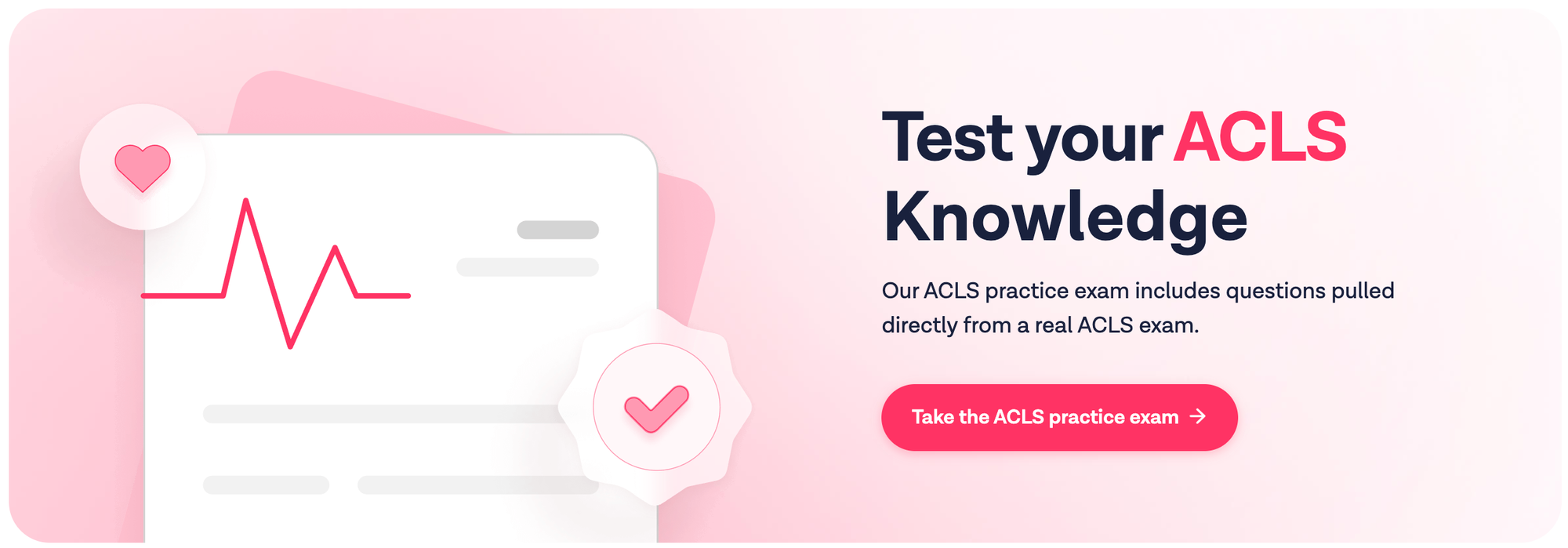ACLS vs BLS vs PALS

When one thinks of emergency life support training, the first thing that typically comes to mind is cardiopulmonary resuscitation, or CPR for short.
But these days, there are several types of life support certifications, particularly for medical professionals such as doctors, nurses, medical students, paramedics, and firefighters.
The most common training options beyond CPR include BLS, ACLS, and PALS. But what’s the difference between ACLS vs BLS? What about PALS vs ACLS?
Today, we will look closer at the similarities and differences between BLS, ACLS, and PALS certifications.
Basic Life Support (BLS) Certification
When comparing BLS vs ACLS, both trainings are commonly required for healthcare professionals or anyone whose job or volunteer work might put them in a position in which they need to perform CPR.
A BLS certification is a credential that demonstrates competency in the core skills involved in providing life-saving resuscitation to a person experiencing cardiac arrest.
In reality, CPR and BLS training are virtually the same (with some minor differences). However, BLS certification is typically considered the appropriate credential for medical professionals.
Advanced Cardiovascular Life Support (ACLS) Certification
ACLS training expands on CPR training by teaching much more in-depth coursework on what healthcare professionals should do in an emergency.
Individuals who pursue their ACLS certification are typically medical providers, including doctors, nurses, paramedics, and respiratory therapists.
Students must know how to read ECG rhythms and correctly identify the appropriate medication and doses for the patient.
Online ACLS certification training can typically be completed same-day. Upon successful course completion, students receive a certification card valid for two years. There is no difference between BLS vs ACLS in terms of validity period.
Once those two years are up, recertification is required.
ACLS vs BLS certification trainings have other commonalities, including that both teach students the following:
- How to manage the airway
- Medication terms, definitions, and dosages
- How to work as part of a resuscitation team
- How to manage stroke and acute coronary syndromes
- How to identify and address the signs of cardiac arrest
Pediatric Advanced Life Support (PALS) Certification
When comparing PALS vs ACLS training, the key difference is that a PALS certification is designed for medical professionals whose work may involve responding to pediatric emergencies.
The PALS certification course covers topics such as:
- Vascular access
- Airway management
- Evaluation of pediatric simulations and case studies
- Pediatric medication terms, definitions, and dosages
- How to systematically assess pediatric medical situations
- How to properly manage pediatric respiratory emergencies
Like BLS and ACLS certification, online PALS training can be completed in just hours.
Likewise, completing the course and successfully passing the associated exam results in receiving a certification card that remains valid for two years.
Conclusion
Knowing the differences between BLS, ACLS, and PALS can help you determine which option you must pursue and why.
The options for achieving credentials are varied for those interested in or required to obtain ACLS vs BLS, PALS, or CPR certifications.
Conventionally, students had to enroll in an in-person, instructor-led class. Thanks to technological advances, however, more and more students are choosing online medical certifications.
Online certification options give you greater flexibility and are much more cost-effective than traditional in-class options. Now, you can get your BLS, ACLS, PALS, and other certifications online. Start now and get certified today!






